All products featured are independently chosen by us. However, SoundGuys may receive a commission on orders placed through its retail links. See our ethics statement.
What makes a good set of wireless headphones?
September 5, 2024
When you think of all the gadgets and gizmos that get you through the day, a smartphone and laptop likely come to mind, but there’s one product that we use with little thought: wireless headphones. A good pair of wireless headphones is an invaluable tool in your everyday survival kit; it can quiet a train car, facilitate conference calls, or be a vehicle of escape from stress. Let’s go over how to find the best set of Bluetooth headphones for your lifestyle.
Editor’s note: this article was updated on September 5, 2024, to update outdated information.
What type of wireless headphones do you want?
There are a few types of headphones to choose from, even within the confines of wireless technology. The main choices you have are between on-ear and over-ear headphones, but there even exist a pair of wireless open-back headphones. And it would be remiss of me to omit wireless earbuds and true wireless earbuds.
Start here: Ultimate headphone buying guide: Everything you need to know
Wireless on-ear headphones
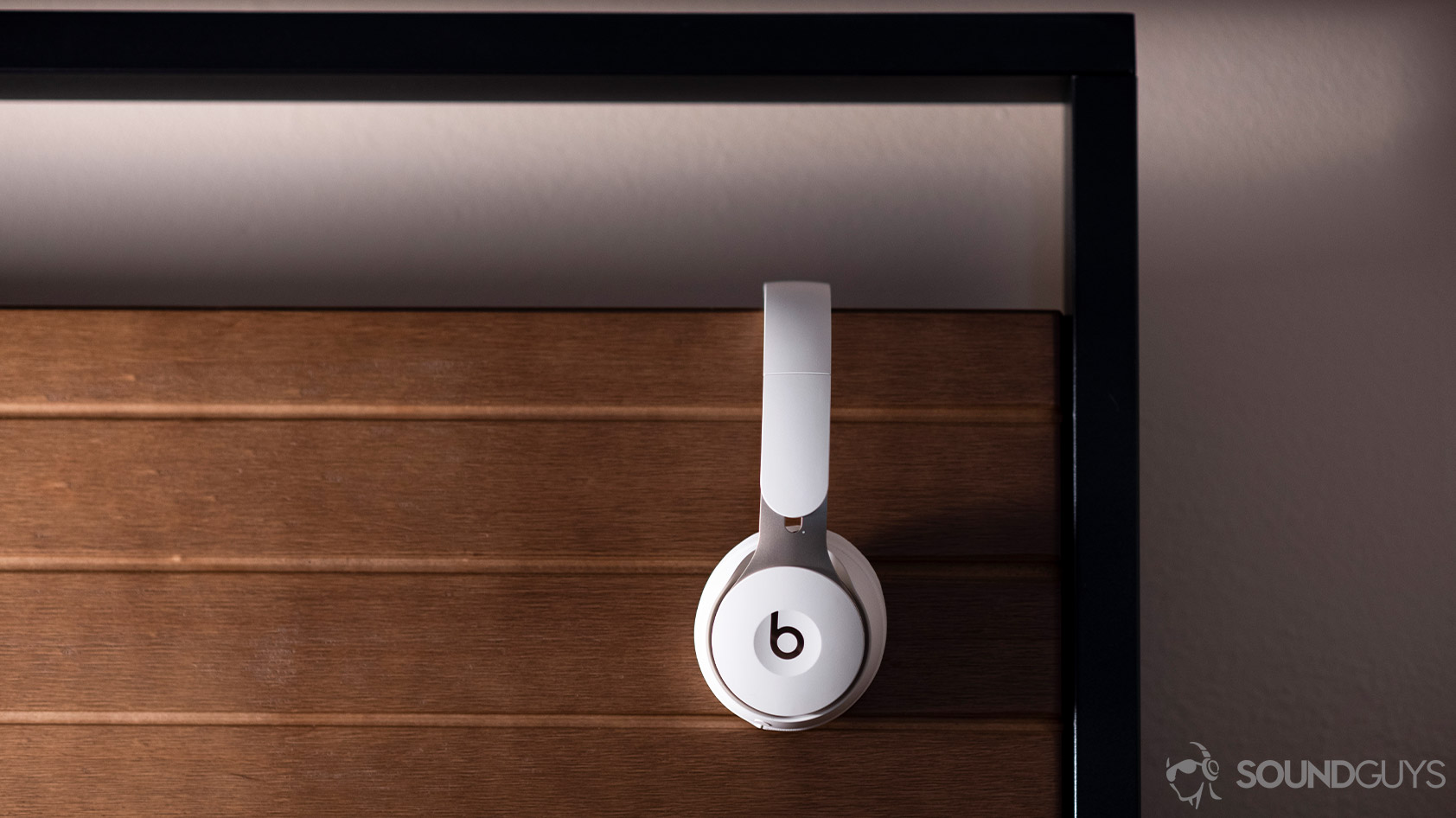
Bluetooth on-ear headphones are great for those who aren’t bothered by a little pressure on the ears, and have little room to spare in their bags. Each ear cup houses a relatively large driver, which is good for bass reproduction. Despite the compact size of on-ear headphones, many boast impressive battery capacities like the Jabra Elite 45h. The downsides of the on-ear design are that by leaving a gap between the cushion and your head, isolation and ANC tend to be poor when compared to in-ear and over-ear designs.
Bluetooth over-ear headphones
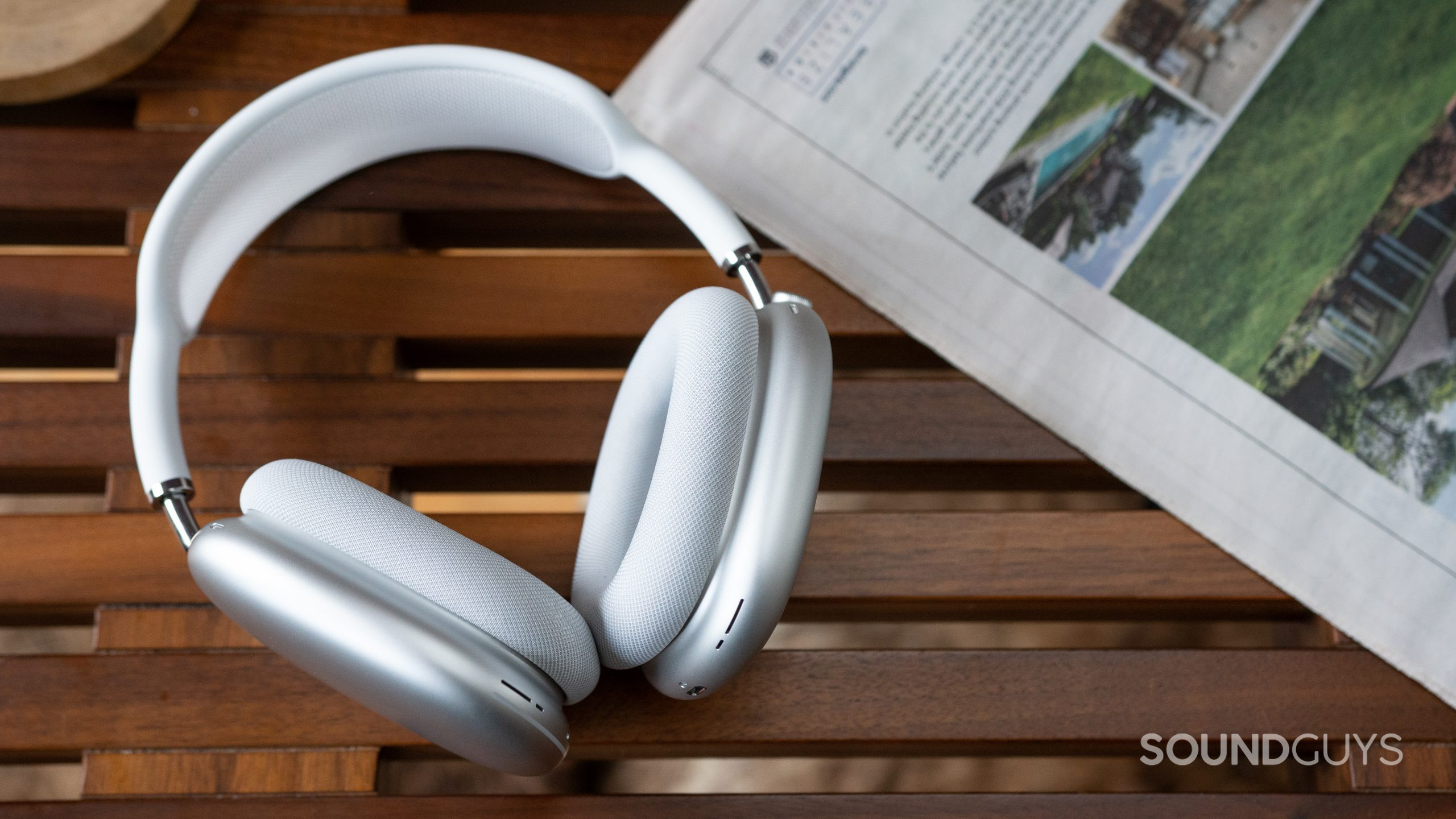
If size isn’t a concern for you, go ahead and bump up to wireless over-ear headphones. This type of headphones occupy the most space, but it has its benefits too: extended playtime, easier fit, better isolation, and greater comfort. A wide variety of designs exist within the wireless headphones tree. You can get something classic and rugged like the Audio-Technica ATH-M50xBT or something more modern and travel-friendly like the Sony WH-1000XM5.
True wireless earbuds
Listeners who want the most compact, portable, and convenient wireless headset should grab some true wireless earbuds. Each pair of true wireless earphones includes a protective carrying case, which doubles as a charging case (though this has its downsides, too). Wireless technology has matured over the years, and today, there is a wide variety of options to accommodate a wide range of budgets. Whether your wallet empties at $50 or $100, you can easily find a good pair of earbuds.
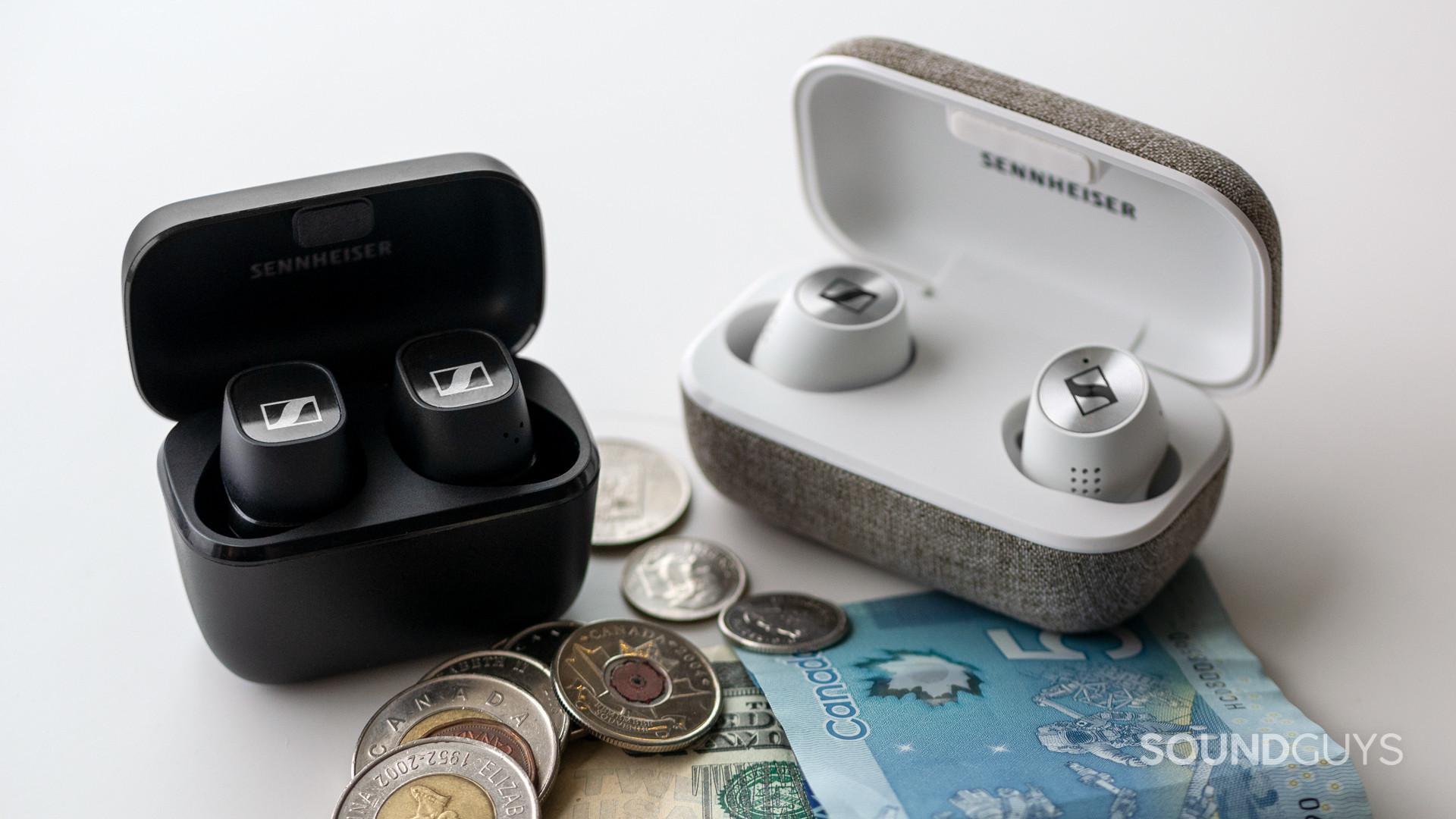
Athletes gravitate towards this kind of headset because of the wire-free experience. There are plenty of durable options for exercise, many of which usually include important safety features like ambient aware mode or an open-type ear tip design. There even exist a host of noise canceling true wireless earbuds, built for jet-setters, commuters, and coffee shop studiers alike.
What features make a pair of wireless headphones good?
Each person prioritizes headphone features differently; a frequent flyer might require noise canceling, while a college student who attends most classes over Zoom may need headphones with a stellar microphone. No matter your needs, there are plenty of features to consider when you’re considering a pair of wireless headphones. But the main determiners for what makes a set of headphones or earbuds good for you boil down to:
- Fit
- Intended performance
- Necessary features
On its face, it may seem a little facile, but pretty much any buying decision can be boiled down to these three points. If headphones don’t fit you, they’re a poor choice for you, and nothing is going to make them better. Similarly, if you need strong ANC performance or a certain type of sound, headphones with open backs will always be the worst possible choice. Additionally, now that the line between headphones and hearing aids is blurring: some people have some features that they can’t live without. It’s important to know these things before spending a ton of money on your latest commuter buddy.
A Bluetooth headset is only as good as its battery life
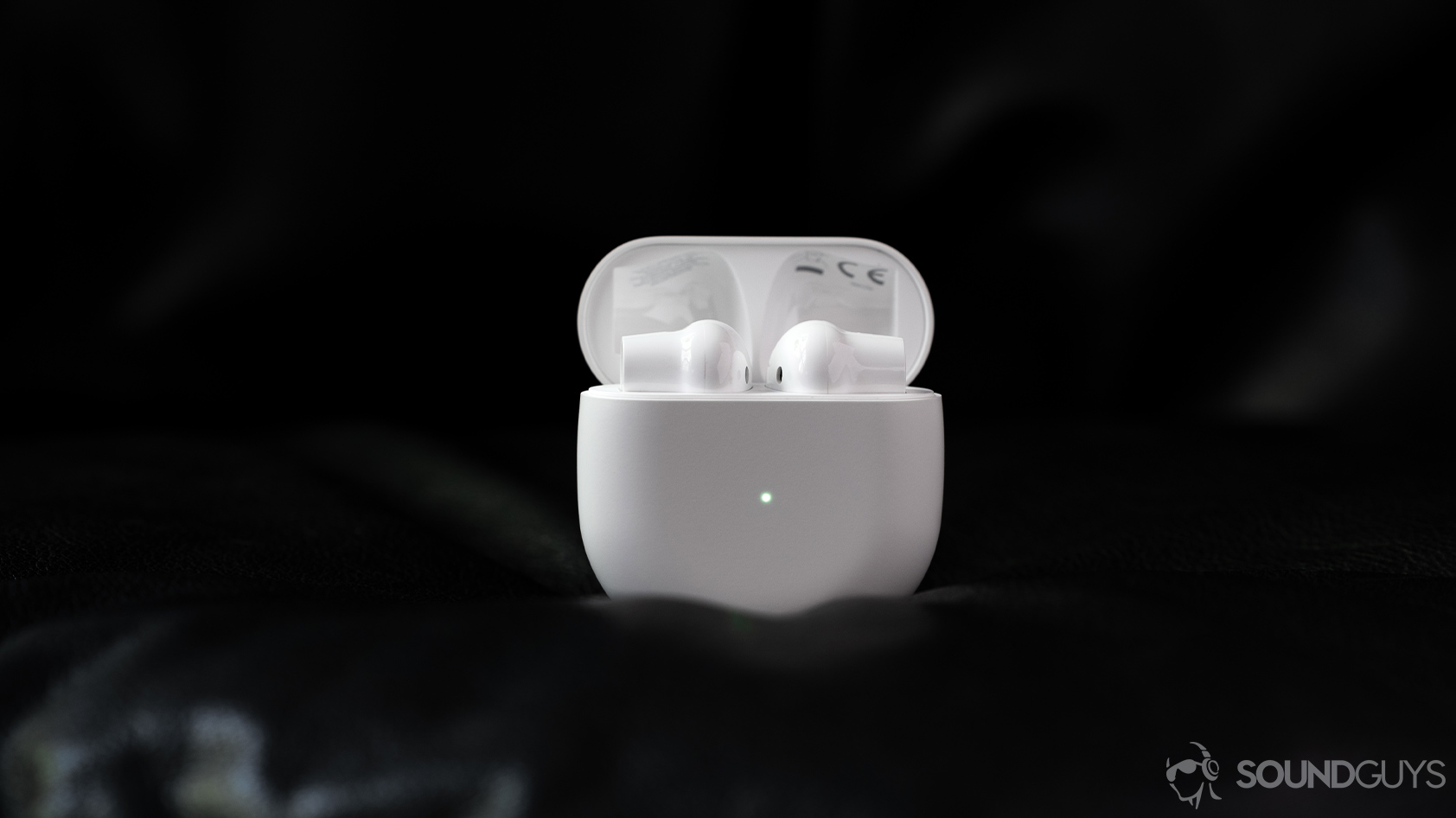
Unlike wired headphones, which are powered solely by whatever they’re plugged into, wireless headphones require their own source of power — and battery life is anything but consistent. Generally speaking, on-ear and over-ear headphones last much longer on a single charge than wireless and true wireless earbuds. Any wireless audio product with updated Bluetooth firmware will have improved battery life, as well. For instance, Bluetooth 5.2 is more energy-efficient than Bluetooth 4.2, though this won’t make a gigantic difference in battery life.
While standalone playtime is important — particularly for international flyers — another overlooked feature is fast charging. Fast charge technology tops up a headset to a certain capacity in short order. For a while, the standard quick charge rate was when 10 minutes of charging provided 60 minutes of playback. Not all Bluetooth headphones and wireless earbuds support quick charging, but most modern options do.
Office and remote workers get wireless headphones with a good microphone
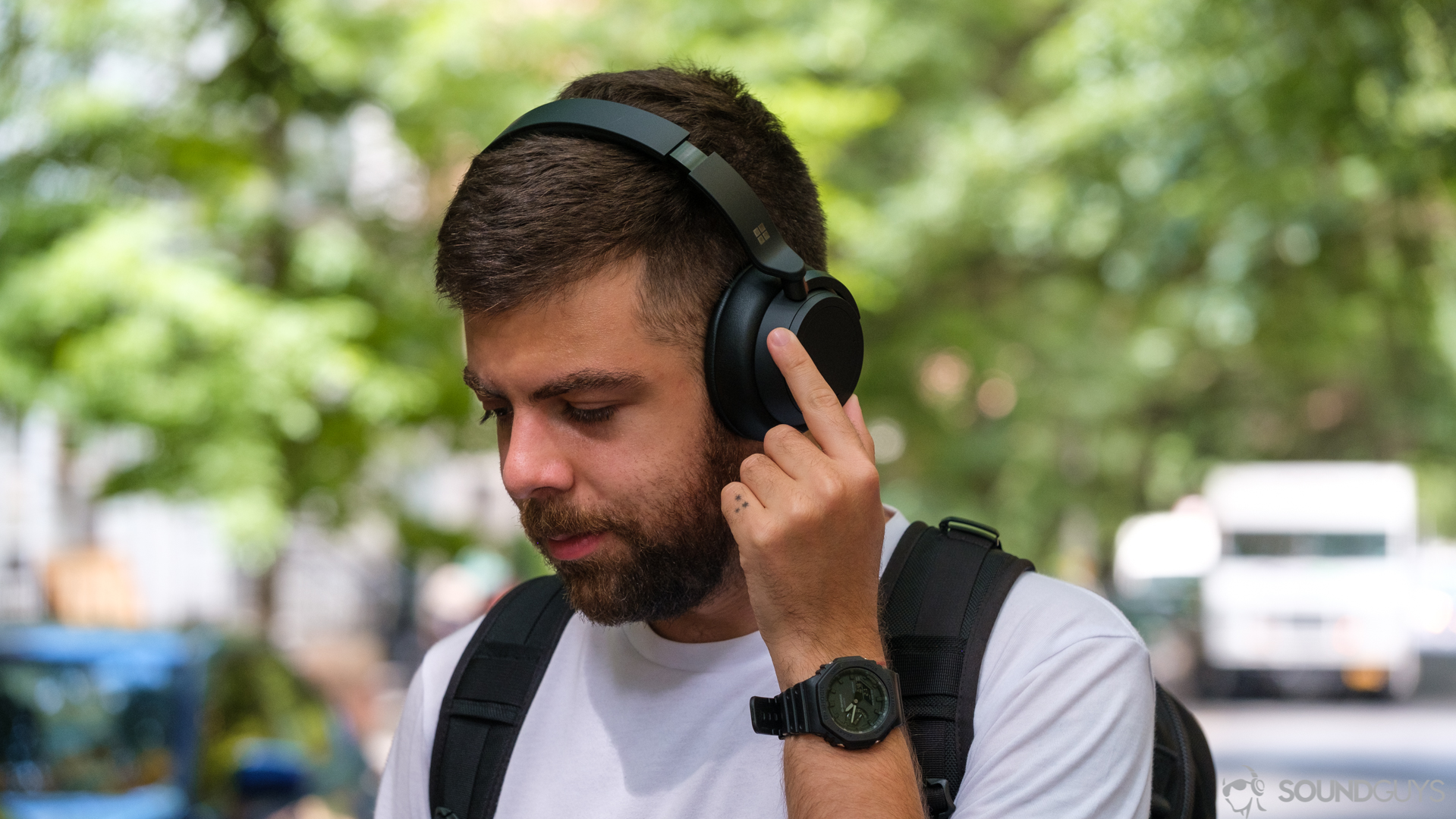
More and more of us conduct our professional lives over conference call apps, which occasionally makes microphone quality a make-or-break feature. If you want the best microphone quality, you should look into a headset with an external boom mic: this is the best way to reduce the proximity effect. Listeners who want a more versatile, all-in-one setup still have plenty of wireless headphones with good mics to choose from though:
Sony WH-1000XM5 microphone sample:
Apple AirPods Pro (2nd Generation) microphone sample:
Moondrop Space Travel microphone sample:
Your phone determines what which Bluetooth codecs matter
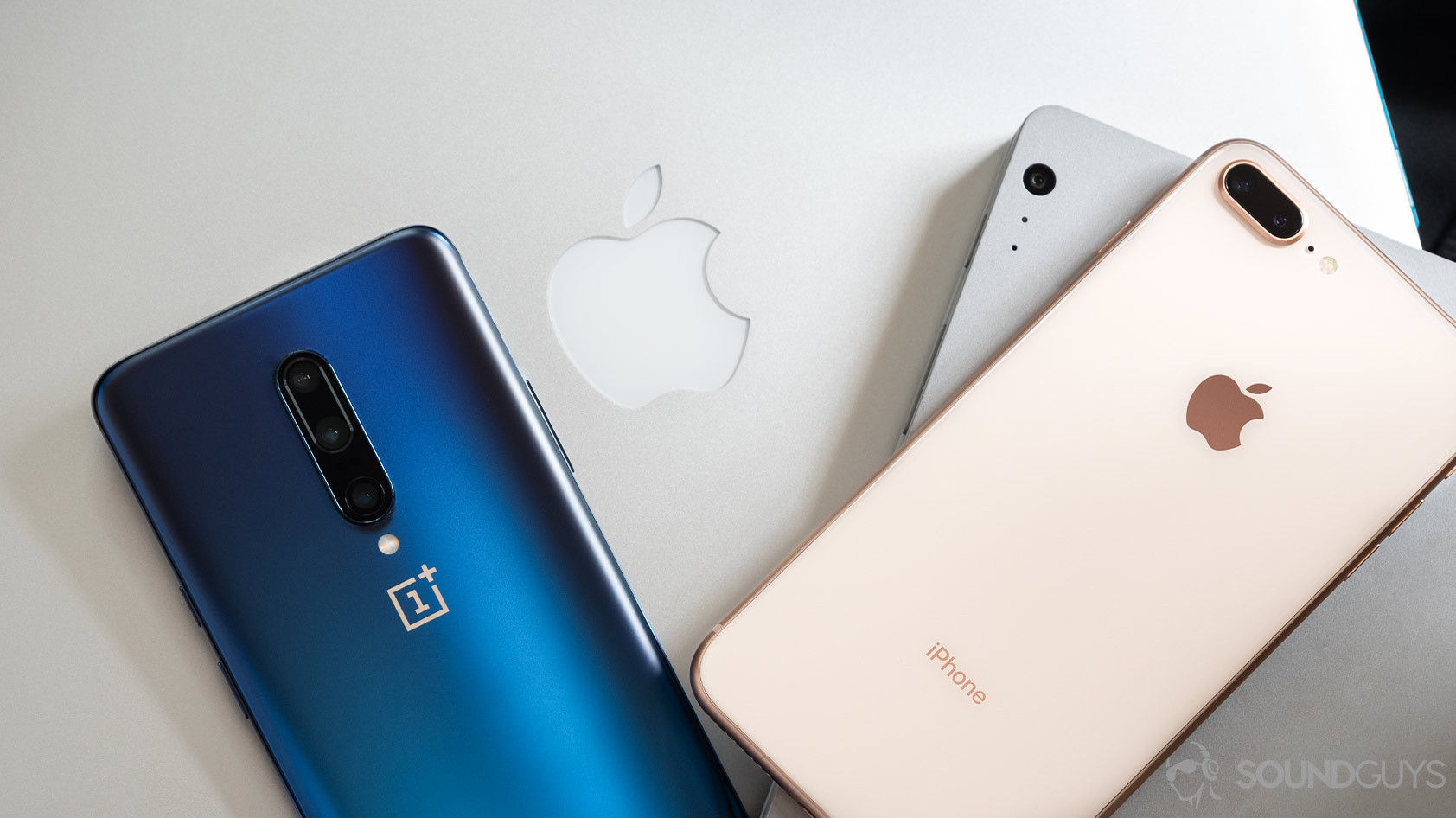
If you don’t have the time or desire to learn about Bluetooth codecs, here’s the quick rundown of what you need to know: iPhone owners who want to stream high-quality audio should get Bluetooth headphones with AAC support. Android smartphone owners should get a pair of wireless headphones with aptX support; LDAC works too, but its high-res specifications fall short in real life.
Certain smartphone manufacturers have their own specialty Bluetooth codecs that operate similarly to aptX Adaptive. Take the Samsung Scalable Codec, which works with any Samsung Galaxy source device when it’s paired to a Samsung Galaxy Buds headset (Galaxy Buds, Galaxy Buds Plus, Galaxy Buds Live, or Galaxy Buds Pro).
A good mobile app keeps your headphones’ software up to date
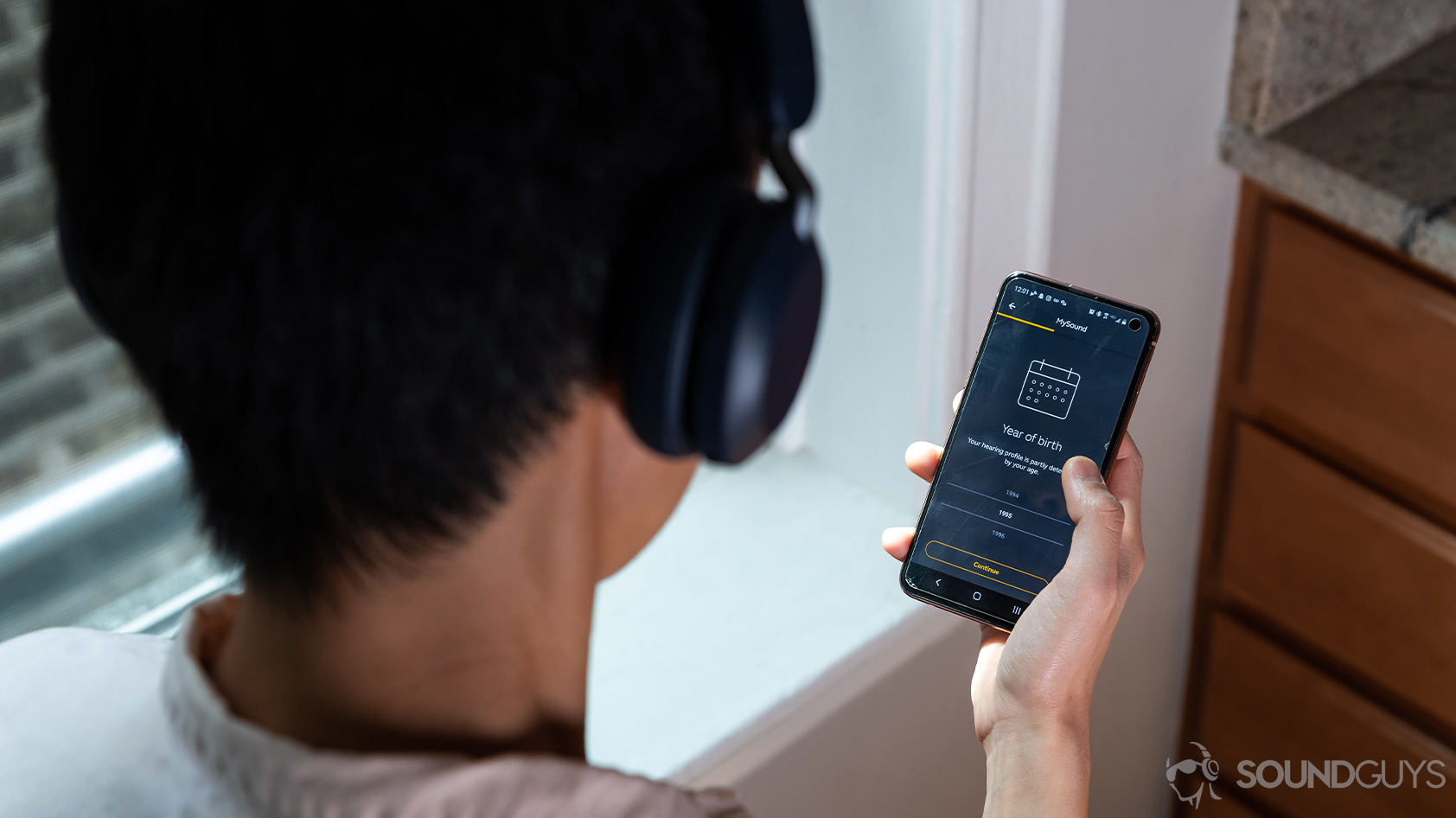
Bluetooth earbuds and headphones are more than just a way to listen to our favorite rock songs, they’re an extension of our smartphones and include plenty of smart features to boot. When you buy a pair of Bluetooth headphones, particularly if it’s from a bigger brand, it likely has a companion app for you to download. Apps like these range in functionality, but the most important thing they all have in common is that they let you access software and firmware updates.
However, these apps are shouldering the load more and more for some of the computationally-intensive features. Because headphones and earphones are being asked to do more and more, apps are starting to get quite convoluted indeed. We’ve found that it’s not always easy to predict how good an app is until you use it, and it’s almost always better to have audio products that don’t need constant interaction with an app to work well.
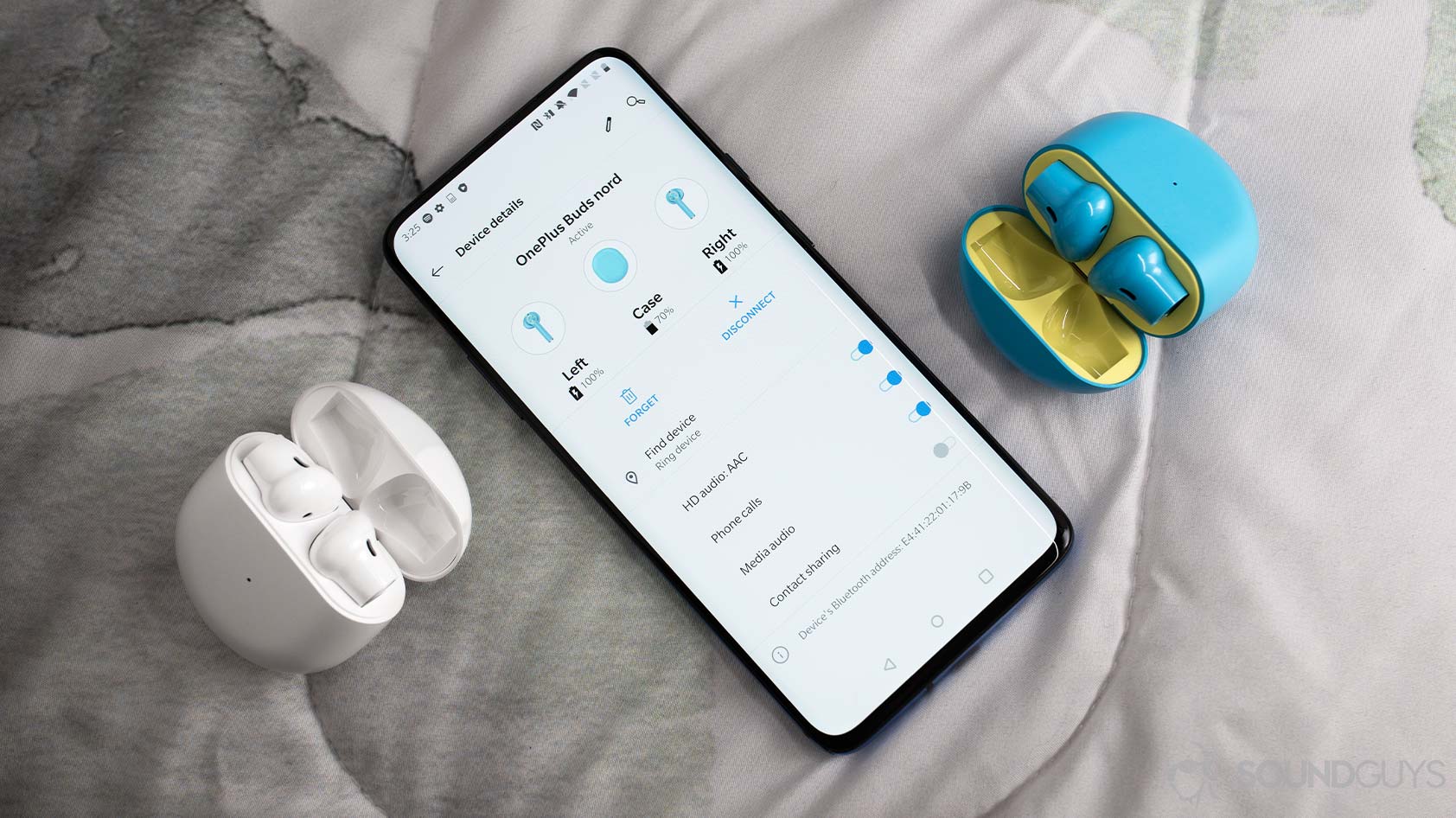
Some headphone manufacturers limit access to updates by making it exclusive to proprietary hardware (like the AirPods and iPhones), but most companies have OS-agnostic apps. Be wary: headphones can act as a vehicle for companies to collect data about you. If you’re privacy-oriented, please read the terms and conditions of headphone apps before you download them.
Quality construction extends the life of your product
Construction quality is so obvious a feature that you might forget to take it into account looking at different headsets.
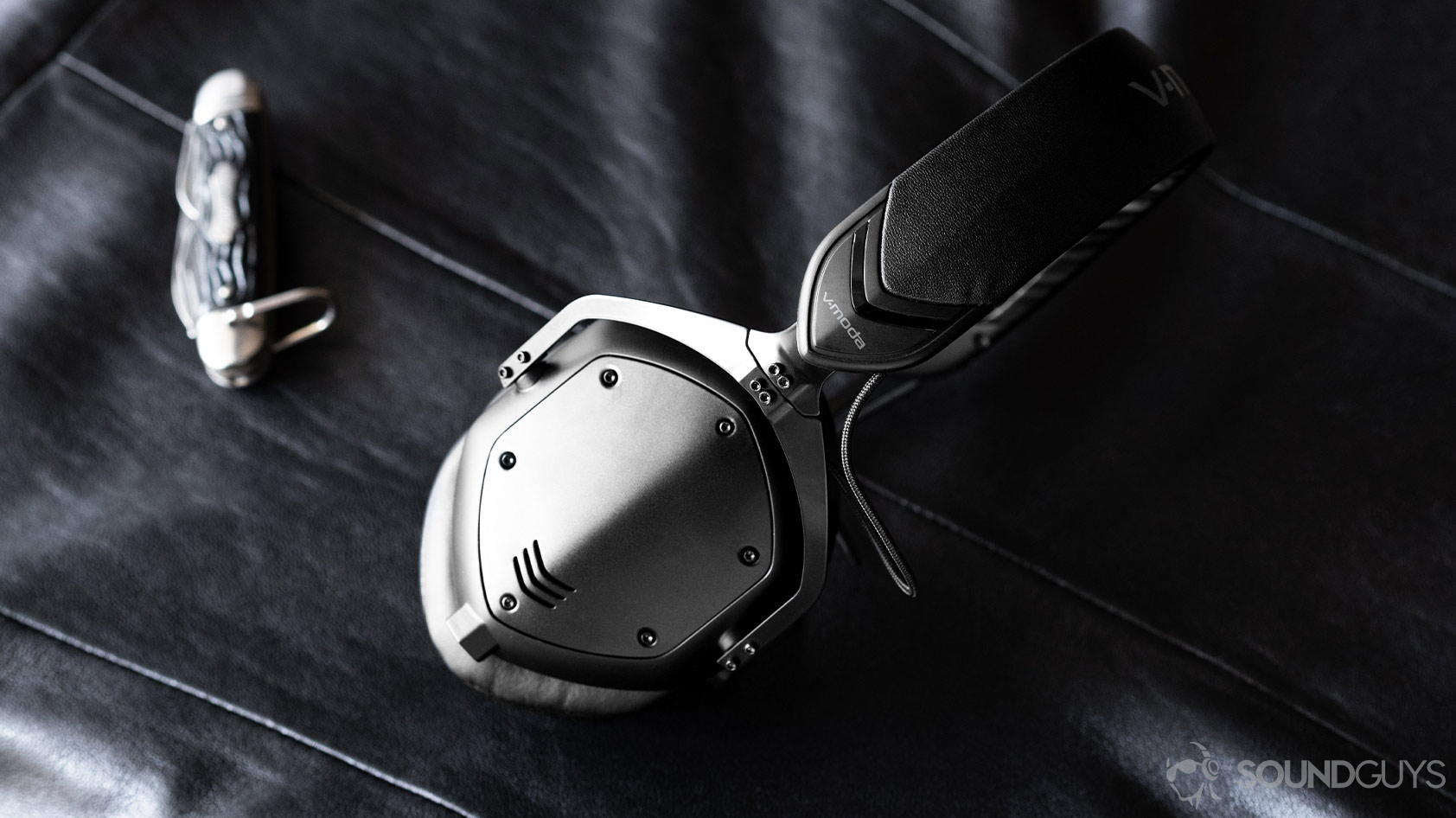
Good build quality matters: if you get a product with tenuous hinges, it’ll probably break the first time you chuck it into your overstuffed backpack. Plastic isn’t always indicative of poor quality — plenty of premium headsets use it. However, metal construction is more durable (but usually heavier, too).
Construction quality aside, another thing to look out for is an official durability rating, which comes in the form of an Ingress Protection (IP) rating or MIL-STD-810G certification. Water-resistant headphones are hard to come by, but they’re around. Alternatively, we have an entire list of workout headphones for gym-goers.
What feature is most important to you?
To immediately narrow down your search, set a budget
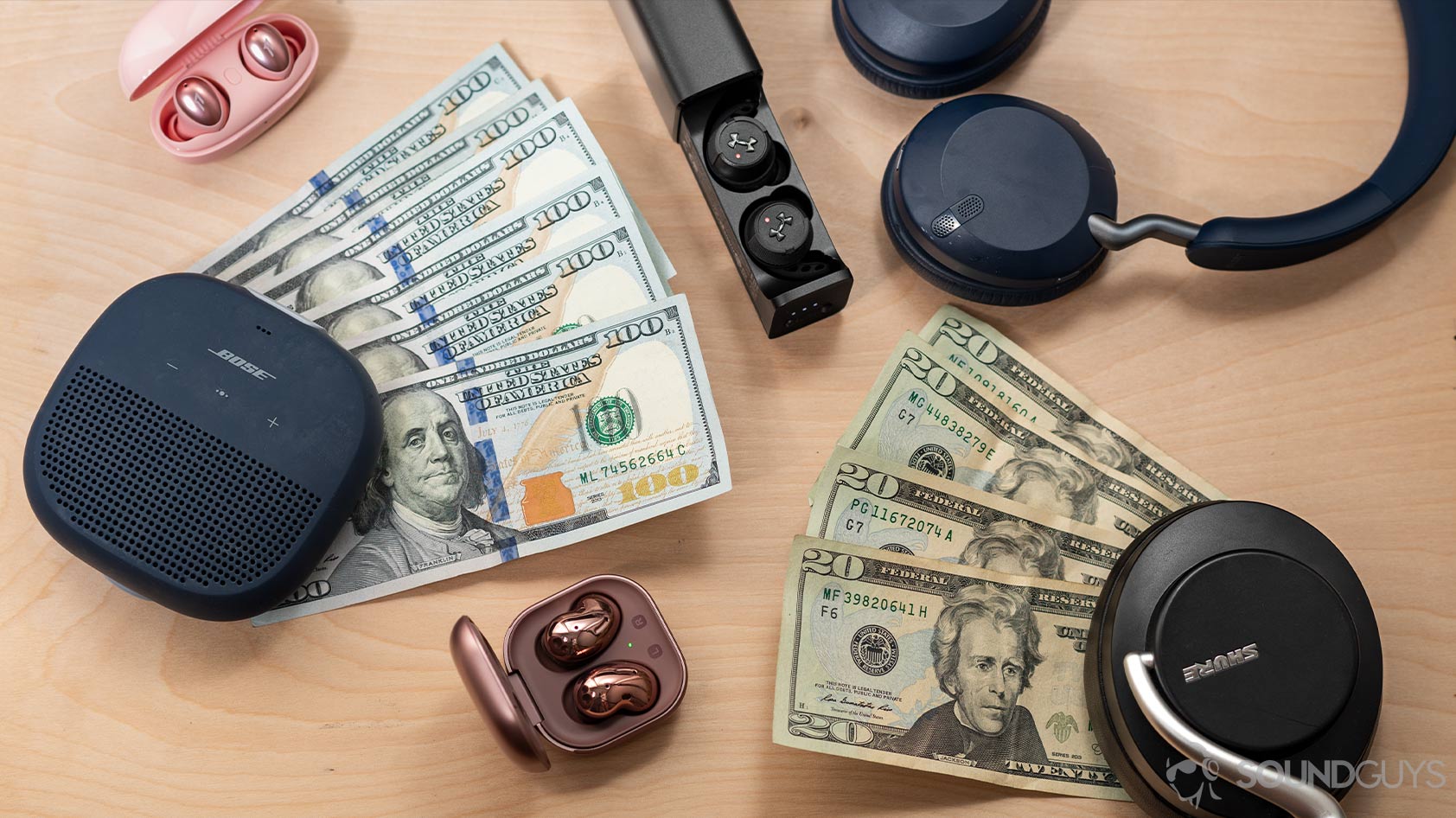
Whether you’re buying your first pair of Bluetooth headphones or are a proud audio enthusiast, any headphone purchase can be expensive. We have a whole host of best lists catered to specific budgets, going as low as $20, all the way up to $1,000. Most of you will fall somewhere in between, and a great sweet spot for Bluetooth headphones is $200. A handful of quality noise canceling headphones retail for around $200, and plenty of non-noise canceling headphones fall below this budget too. When you up it to $300, your world really opens up to the best that true wireless and consumer headphones have to offer.
We don’t want anyone to go into debt for a pair of Bluetooth headphones. Sure, expensive headphones can be worth it, but not at the expense of your credit score. If you feel comfortable sanitizing a pair of used headphones or earbuds, the secondhand market is a great way to stretch your dollar. If you have a healthier budget, you can spend a bit more and buy from a reputable vendor. When you purchase headphones from a place you trust, the company will likely cover the product with some kind of extended warranty, too.
What about technical specs like frequency response?
While it may seem like we’ve already covered a lot of ground, there are plenty of more technical concepts to cover. More intermediate audio enthusiasts should comb through frequency response charts to make sure a headset sounds the way they want it to. There’s no such thing as the perfect headphones for everyone, but there are some really good ones for you, individually. It may just take some learning and trial and error, but it is very possible to find what you like out there.
If you’re not terribly interested in learning the ins and outs of headphone performance, the Multi-Dimensional Audio Quality Scores are a great way to see how well the headphones in question will be received by the general public. Though trained listeners were not among the listeners that created the corpus of data that system is based upon, this is a good way to see whether it’s likely you’ll find a set of headphones to sound good. If you’re an enthusiast, we strongly advise you not to wonder or worry if your experience deviates from these scores — you know what appeals to you, after all.
To make the most of the sound quality, proper isolation is key. You should make sure the headphones fit well. This is a bit more of a trial-and-error kind of thing, as everyone’s heads and ear canals are shaped differently—what seals well to my ears may not seal as well to yours. For over-ear options, it’s important to find a pair of headphones with ear cups that create a cogent seal around your ear (this is hard for bespectacled listeners). With earbuds, you want the ear tips seal to the entrance of your ear canals without causing an uncomfortable suction sensation.
That wraps up our wireless headphones seminar. Now when you shop for a pair of Bluetooth headphones, you’ll know how to cut through the marketing guff and identify what features are important to your needs. Now stop reading, and get back to listening!
Thank you for being part of our community. Read our Comment Policy before posting.